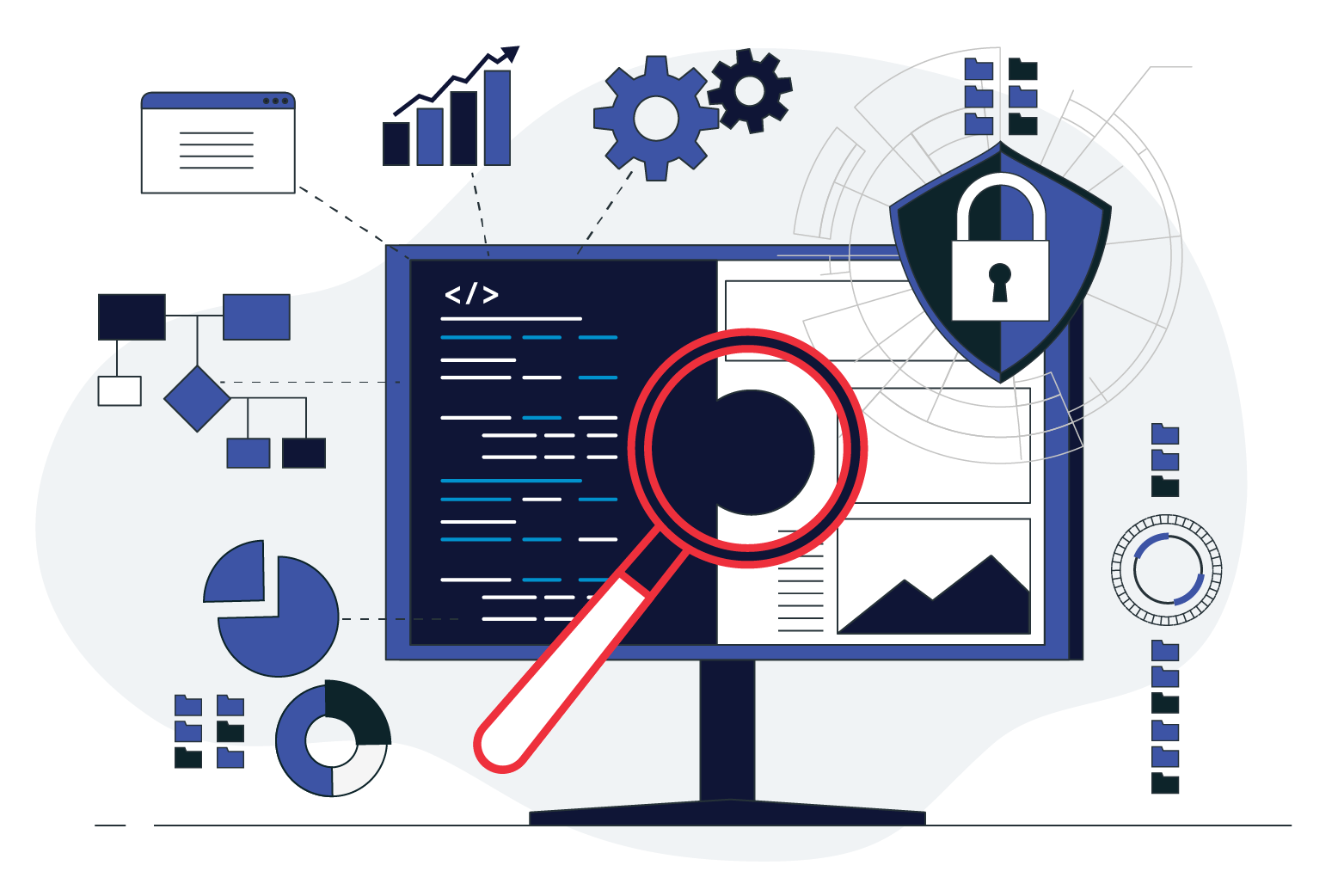By James Dieteman
Director of Cyber Analytic Products
and Anthony Zech
Data and AI Community of Excellence Director
The National Vulnerabilities Database identifies about 2,000 new vulnerabilities each month. Yet our research tells us that malicious actors will build exploits against only 3-5% of these vulnerabilities. So, it is vitally important for organizations to prioritize — in this ever-growing sea of vulnerabilities — the relatively small number that are high-threat for their networks.
Your organization, like most, is probably assessing threat levels using metrics built into common vulnerability management tools. With their limited accuracy, these metrics give you only a basic understanding of which vulnerabilities are posing the highest threats. This forces you to prioritize your vulnerability-patching tasks using too much guesswork — which leads to wasting resources on low-threat vulnerabilities while high-threat vulnerabilities linger.
We’ve seen many organizations facing this challenge and wanted to help them leverage artificial intelligence to bring more strategy to their vulnerability management. This was the start of the solution we now call ECS Pathfinder™.
Improve Security and Reduce Costs
ECS Pathfinder integrates with your existing security tools, threat intelligence sources, and vulnerability management workflows. It uses supervised machine learning to analyze new and existing vulnerabilities and exposures and to predict time to exploitation. It can also focus this effort on only the vulnerabilities present in your environment.
Where exploitable vulnerabilities exist in your network, ECS Pathfinder uses AI to predict when malicious actors will strike. You can then sequence your vulnerability-patching work with less guesswork and more intelligence-backed strategy.
This dramatically increases the likelihood that your organization, at any given time, is patching your network’s highest-threat vulnerabilities and not wasting resources on low-threat vulnerabilities. In this way, ECS Pathfinder helps you control vulnerability management costs and achieve decidedly higher security levels.
Visualize, Contain, and Prevent Network Intrusions
Many organizations don’t know their networks well. Sprawling, complex networks are difficult to understand and visualize. This is a common problem whenever government organizations are merged, stood up, shut down, or absorbed. In these environments, clusters and sites often exist outside of standard network structures.

When you don’t know your network well, you’re not well-positioned to identify and understand vulnerabilities, prevent intrusions, or respond effectively when intrusions occur. We’re addressing this problem with AI through our new solution ECS Pathfinder Cartographer.
We combine AI with a network reconnaissance tool to produce not just a static network map, but an interactive visualization of your network. On top of this, you’ll be able to layer a heat map that reveals the locations of high-threat vulnerabilities in your network. This will be extremely helpful for visualizing and understanding the location of a compromise ― actual or predicted ― and likely attack paths through your network.
The platform will also generate patching and segmentation recommendations. You can then choose to either implement or ignore each recommendation, using your local knowledge of unusual use cases to filter out recommendations that could cause problems.
This ECS Pathfinder capability will enable you to quickly respond to network intrusions and better contain damage and loss. It will also help you foresee and altogether prevent intrusions.
An Elevated Cybersecurity to Come
While AI will continue to engender new security capabilities that yield valuable benefits, it will also usher in big, fundamental changes.
We’re already seeing how AI could, for example, change the flow of cybersecurity compliance. Unfortunately, many compliance programs today lack structure or have an arbitrary structure that isn’t justified by data. We think AI will elevate cybersecurity compliance to a new level of relevance and excellence by further grounding it in data and incorporating more proactive security measures.
AI also has the potential to elevate cybersecurity decision-making from tactical levels in your organization to more strategic levels. Much of cybersecurity today is tactical. It’s about looking for various anomalies, specific indicators, and so forth. AI, however, is going to elevate the oversight and direction of the work to higher levels of abstraction. Cybersecurity will more often be directed with your organizational goals and strategies in mind.
That’s what AI does. It lets you elevate isolated, low-level information threads. And that’s one of the main things we’re doing with ECS Pathfinder. It’s all about getting the right information to the right people.








